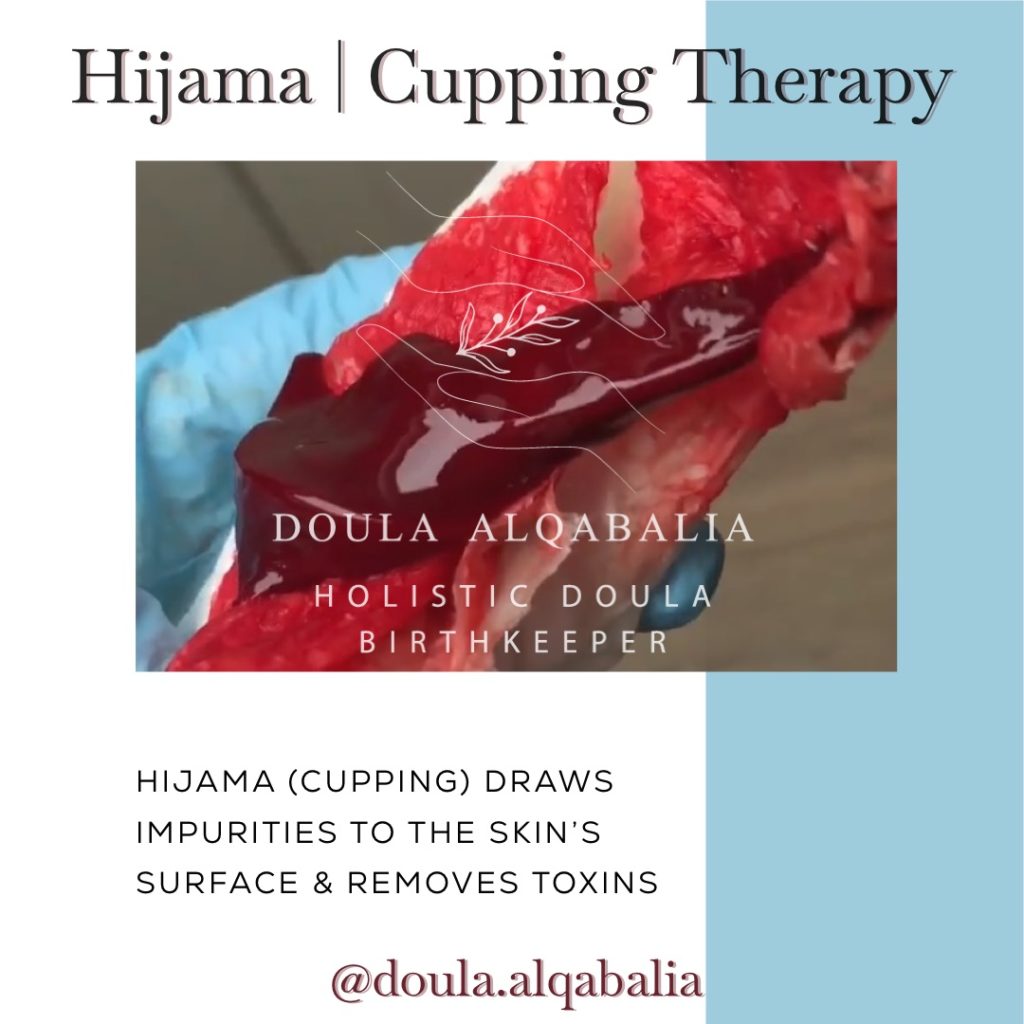
Hijama Cupping Therapy is a Sunnah in Islam for which the Arabic name ‘Hijama’ is given for the practice of blood-letting. It is a detoxifying practice and is also known as ‘cupping’.
It is an ancient complimentary therapy which is known for its amazing life health benefits.
Cupping therapy, in time, has been adopted by various societies and in recent times has made the headlines with its popularity amongst celebrities and sports people.
A little bit of history behind the cup:
Hijama comes from the Arabic word al-hajm, which essentially means “sucking” and hijama is the Arabic word for the ancient practice of cupping. Cupping is a technique in which a cup (made from plastic nowadays) is applied to the skin and a vacuum is formed by using suction pump or occasionally fire (fire cupping).
Egypt:
Evidence of hijama (cupping) can be found back as early as 1550 BC in ancient Egypt.
Read on to find out more …
Asia:
In East Asia the earliest records of cupping were written on the ancient silk manuscript Bo Shu which was discovered in an ancient tomb of the Han Dynasty.
China:
Cupping has been used alongside acupuncture in Chinese medicine from as early as the third century BC.
19th century:
In the 19th century The Ebers Papyrus was discovered to describe bleeding by cupping in order to release bad blood. The Ebers Papyrus, also known as Papyrus Ebers, is an Egyptian medical papyrus of herbal knowledge dating to circa 1550 BC. Among the oldest and most important medical papyri of ancient Egypt, it was purchased at Luxor in the winter of 1873–74 by Georg Ebers.
Hippocrates, recommended cupping for various ailments including angina, excessive menstruation and other disorders.
Galen was a major advocate of cupping and presented a very sophisticated theory which remained the basis for learned medicine until the 17th century.
In England cupping was practiced by the barbers as well as physicians during the medieval period. In Europe famous physicians such as Paracelus (1493-1541), Ambroise Pare (1509-90), William Marsden (1796-1867) and Dr Martin (1827) practiced or employed cuppers to work for them.
It was also common for women to perform cupping in Islamic society and countries such as Greece, Holland and Russia.
Over the last century or so, hijama has seen a decline, mostly due to new theories in modern medicine which regarded cupping and other natural and alternative health practices as quackery and even unsafe. The invention and use of antibiotics and other pharmaceutical drugs has also contributed to its decline as its practice does not into the interests of the new medical authority.
Hijama remains a complementary therapy for which there are numerous ahadith (Islamic references) in the Sunnah (the recommended way of life and implementation of Islamic practice, according to the Prophet Muhammad ﷺ peace and blessings of Allah be upon him)

This images shows what the results of ‘wet cupping’ can be. Depending on the individual, results may vary.
It’s ok, this actually doesn’t hurt (sisters are always surprised by that!) and this isn’t “internal” blood – it’s considered “used” blood and is not from the veins.
What you see in the photo above is stagnant toxins being taken out of the body!
Cupping massage can help to get the stagnant matter moving and then when the suction of the cups is applied, it then draws the toxins to the surface of the skin.
As the massage reaches deeper into the tissue, it can lift inflammation away from the area of pain to then release the stagnation. Using the wet cupping method, the toxins can be drawn out!
Thus alleviating the pain!
This is particularly good for lower and upper back aches, sciatica, varicose veins, knee pain, joint pain, shoulder pains, frozen shoulder and a whole lot more!
I am a fully insured, Diploma qualified and certified Hijama practitioner since January 2017 and I am so grateful to be able to share and offer you a hijama session as part of the postpartum package.
If anyone has any questions, drop a comment or click below to learn more and I’ll be more than happy to try to answer.

